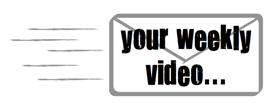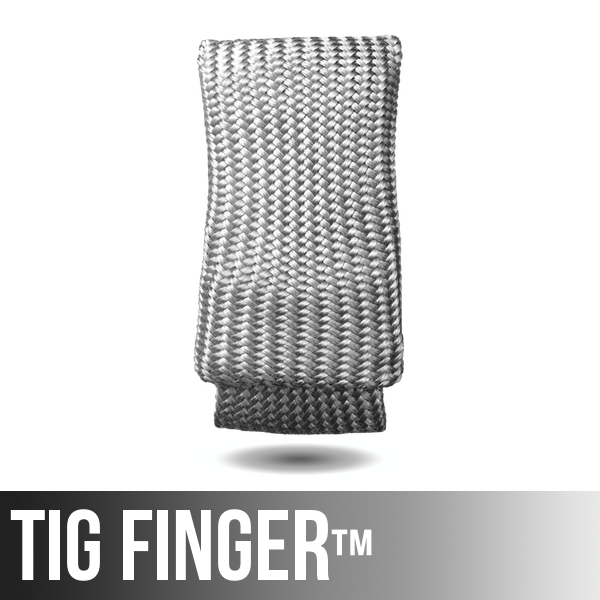Recently someone asked for a demo on welding a 3g test plate using bare wire mig.
I had some scrap plates that had already been welded but with 37.5 deg bevels on the outside so I figured I would carry on with last weeks video on using a cutting torch by cutting the old test plates.
And while doing that, I grabbed a piece of 1 1/2″ square tubing for a straight edge.
for a cut this short, I would not even go to the trouble of using a straight edge. But for the sake of an instructive video, I did.
Now…even though I have some beveled plates to practice with, I dont want to waste them….So I used some scrap pieces of 3/4″ flat bar to set the machine and also just to get warmed up.
Tacking them at 90 degree angle and welding the joint from the outside corner, gives me very good practice for a 3g butt weld with bevels.
In fact, its so similar, that I used the exact same settings as I used on the beveled plates.
and here are the settings for this 3g mig plate test.
root pass –19 volts and 245 ipm
fill pass—19 volts 270-280 ipm
cover pass — 19 volts 245 ipm.
For the beveled plates, I make sure to get a 1/8″ gap ( about 3 mm for those on metric system)
a small land of 1/16″ or less might help but is not really necessary for a downhill root.
I always make sure to use big enough tack welds too. If your tack welds are too small, your gap could change as soon as you light up on the tack.
The root pass for mig welding is sometimes done downhill and sometimes uphill. Downhill is much easier, but uphill can work too. It usually requires a land on the bevel along with less voltage and wire speed.
the fill and cover passes can be welded using the same settings as the root if the root is welded downhill. …but you may find the fill and cover passes need a bit more wire speed.
the fill pass can be done immediately after the root but before welding the cover pass, you will want to let it cool a bit…otherwise things will get out of hand and cover pass will sag.
With mig welding, it almost seems like the weld grows from the time you weld it, till you lift up your helmet. Thats why you want to be about a 1/16th below flush before the cap to avoid a cover pass that is too high.
( And as always, feel free to visit us at our sister site, WeldingTipsAndTricks.com. )
Click here to subscribe to my Video of the Week!








July 8, 2020 at 1:21 AM
There are many different kinds of disposable welding helmets available in the market. However, there are different types of disposables, and you need to know which disposable welding helmet is best suited for your needs. These welding helmets can be made of nylon, fiberglass, and plastic, while some are made of metal.
February 17, 2018 at 1:58 AM
Can you post some stuff on tig welding
February 17, 2018 at 1:57 AM
Impressive post
May 9, 2014 at 2:25 PM
Hi jody I’m going for a 3g open root test with bare wire next week and I’ve been told I can’t weave,I have to use beads, can you tell me if I weave the beads or do I just run each one straight up without any manipulation just overlapping each one??thanks alot
November 15, 2011 at 10:51 AM
hi for us here in Cameroon we need all the help we can find. tip us mord. .i a starter in 3G
October 5, 2011 at 3:40 AM
Hey Jody, I really enjoy your site. Is there a AWS cert for the last video on the 3g 3/8 plate? Thanks Tony
October 30, 2018 at 10:08 AM
Heck no bubba
October 2, 2011 at 8:22 PM
Hi Jody,
I have herd friends tell how they have been shocked while tig welding. This has never happened to me but I think about it plenty. Could you explain how this can happen, maybe go over some of the (don’t s) of the many kinds of welding.
I just love and look forward to every one of your videos.
Thanks,
Don Starr
September 29, 2011 at 9:19 PM
great video jody any chance you might show some gas welding and show some practical use for gas welding love the website
September 29, 2011 at 6:34 PM
Good video and a good job, now how about a follow up on how to prepare the test strips and prepare them for bending.
September 29, 2011 at 12:52 PM
You sounds like the great Oz on the middle of that one.. Great Video and Thanks again!